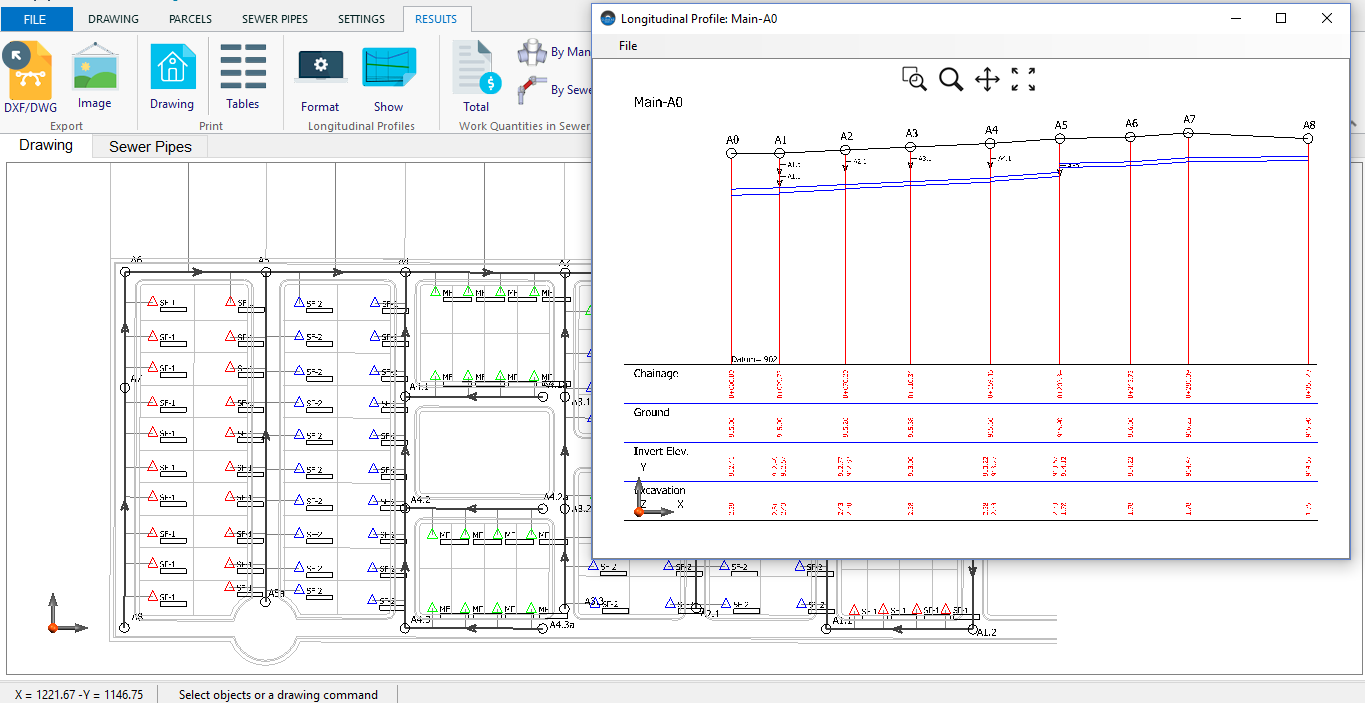
Water supply and sewerage








Water supply networks
Drinking water distribution networks are dimensioned for the number of future inhabitants, in the project's horizon. Based on this data, as well as on the characteristics and consumption patterns of the population, topography of the land, etc., the location of the distribution pipes, deposits, treatment and accessory works for the supply of water and the effective and safe operation of the supply systems.
Sewerage systems
Most of the water supplied to the population is turned into sewage or wastewater. To maintain a safe environment for human health, it is necessary that wastewater be channeled and treated before being returned to nature.
In a similar way to what is done for water supply, studies for the dimensioning of wastewater drainage networks need the number of future inhabitants and their consumption habits to make the correct dimensioning of pipes, manholes , pumping stations, ETAR's etc.
Channels
Channels are water transport infrastructures that can have a decorative function in gardens and parks. But they are used more often for the purpose of distributing water in agricultural areas far from watercourses. They can also be used to divert water from rivers and streams, which can be temporary or permanent. They are also often used for emergency evacuation of water from reservoirs of dams, in the event of exceptional floods and to regulate flows in areas where there is a danger of water destroying built infrastructure.
